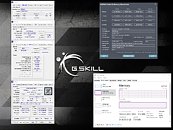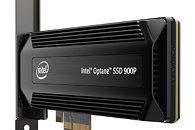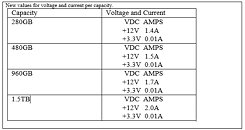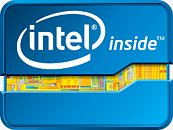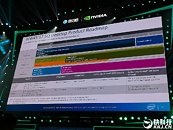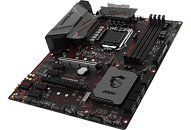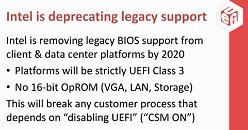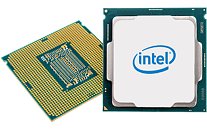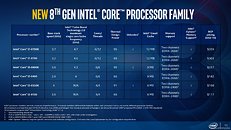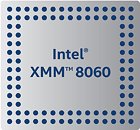
G.Skill Intros Quad-channel DDR4-4000 MHz SO-DIMM Kit
G.SKILL International Enterprise Co., Ltd., the world's leading manufacturer of extreme performance memory and gaming peripherals, is announcing the world's highest performance DDR4 SO-DIMM memory running at DDR4-4000 MHz CL18-18-18-38 32 GB (4x8 GB) at 1.35V. Combining high frequency and ultra-low timing, this Ripjaws DDR4 SO-DIMM memory kit is capable of achieving the new high level of performance through rigorously hand-binned Samsung B-die DDR4 IC components.
Just two months ago, G.SKILL announced the high performance DDR4-3800MHz CL18-18-18-38 Ripjaws DDR4 SO-DIMM kit. Aiming to push memory limits to yet another level, G.SKILL strives to deliver the best memory performance possible on current systems, and this time for small form factor (SFF) PCs. With this new SO-DIMM memory kit, SFF PCs can now unlock the full potential of memory performance, as shown in the following screenshot, where this new memory kit is tested for over 6 hours on the ASRock X299E-ITX/ac mini-ITX motherboard with the Intel Core i9-7900X processor.
Just two months ago, G.SKILL announced the high performance DDR4-3800MHz CL18-18-18-38 Ripjaws DDR4 SO-DIMM kit. Aiming to push memory limits to yet another level, G.SKILL strives to deliver the best memory performance possible on current systems, and this time for small form factor (SFF) PCs. With this new SO-DIMM memory kit, SFF PCs can now unlock the full potential of memory performance, as shown in the following screenshot, where this new memory kit is tested for over 6 hours on the ASRock X299E-ITX/ac mini-ITX motherboard with the Intel Core i9-7900X processor.


